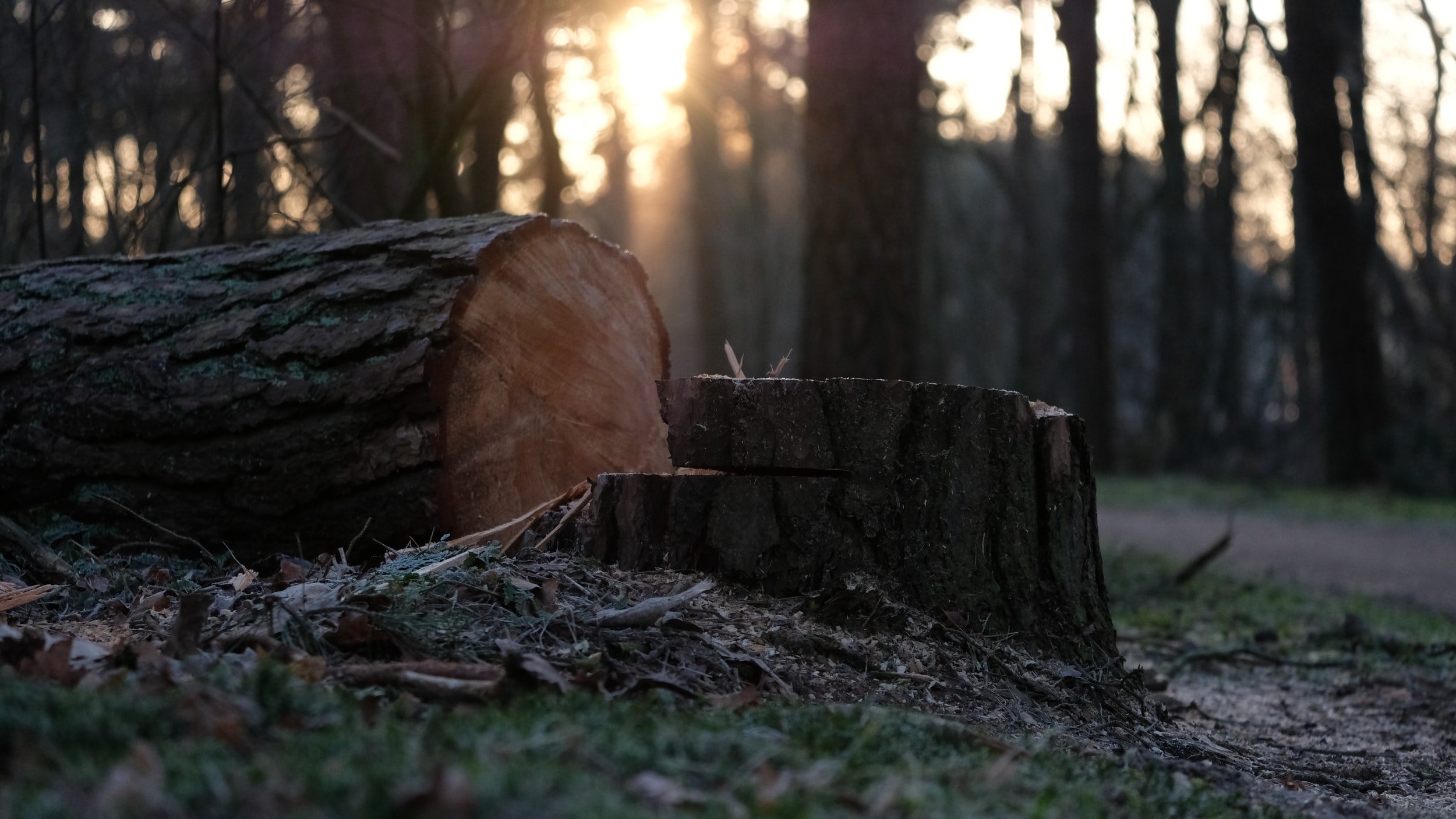
Why Does Cutting Down Trees Matter?
Biologist Hope Jahren, in a prologue to her memoir, provides background information to why her work is worthwhile to be discussed. In the recent 21st century, many trees are cut down for material usage, which affects the world’s ecology significantly. Jahren addresses the ecological issues of destroying trees to persuade her audience to take action to improve the environment. This memoir is aimed at people around the world, as Jahren hoped that her message regarding ecological improvements could be applied on a large scale. In her work, Jahren criticizes the destruction of forests that undermines the ecosystems and urges her audience to initiate a step in preventing such ecological destruction.
To begin with, Jahren uses logic to support her overarching argument that plants on land are worthwhile to be examined. She compares the ocean with land, and argues that the ratio of trees to animals on land is much greater than that of in the ocean, thus claiming that a main emphasis of research should be put on the land environments specifically related to forests. In an endeavor to establish her ethos, Jahren familiarizes herself with the audience by asking them to examine their surroundings and searching for green elements. Jahren utilizes the pronoun “you”, directly referring to the reader, in an attempt to draw the audience into the situation she introduces. This interaction between the speaker and the reader helps the audience to stay focused on the topic, which sets the groundwork for Jahren’s following critique. Following her main argument, Jahren criticizes the destruction of ecological systems due to massive cutting down of trees. Supporting her arguments with statistical facts, Jahren claims that “every year we cut down about 1 percent of the total forest, never to be regrown”. The logical statistics strengthen her critique regarding people’s ignorance towards the ecosystem that ultimately leads to environmental destruction. Her critique is aimed to engender guilt among the audience and to urge them to take action: “But we should care. We should care for the same basic reason that we are always bound to care: because someone died who didn’t have to”. Jahren takes a rhetorical risk by presenting a direct correlation between ecological destruction and death. Such a risk strengthens her critique of people’s neglect, for her claim is followed by a series of biological inquiries that most of her audience are incapable of answering:“How often does the rain hit [the leaves]? Sick? Health? Important? Irrelevant? Alive? Why?” . Ultimately, Jahren persuades the audience to “ask questions about [their] leaf”, to be cognizant of the ecological environment surrounding them and urge them to take actions to prevent ecological destruction like a “scientist”.
Jahren’s purpose of writing the memoir is to warn her audience to be aware of environmental damages due to the massive cutting down of trees and to persuade her audience to take action to prevent such damages. To achieve this, Jahren first familiarizes herself with the audience and asks them to mindfully consider their surroundings, and then supports her claims by using logic and statistical facts to present information regarding a massive amount of trees that are cut down each year. To conclude, she draws her audiences in as a role of a “scientist”, in an attempt to urge them to take action to prevent such damages done to the environment.
Works Cited
Lab Girl. Hope Jahren. Vintage, April 5, 2016.
Recently, I read a book by biologist Hope Jahren. I feel really inspired by her calling for a better ecological environment. So I analyzed the rhetoric she used to convey her message.

Author: Yuhe Wei
Contact: ywei23@rutgersprep.org
Editor: Kelly Ni
